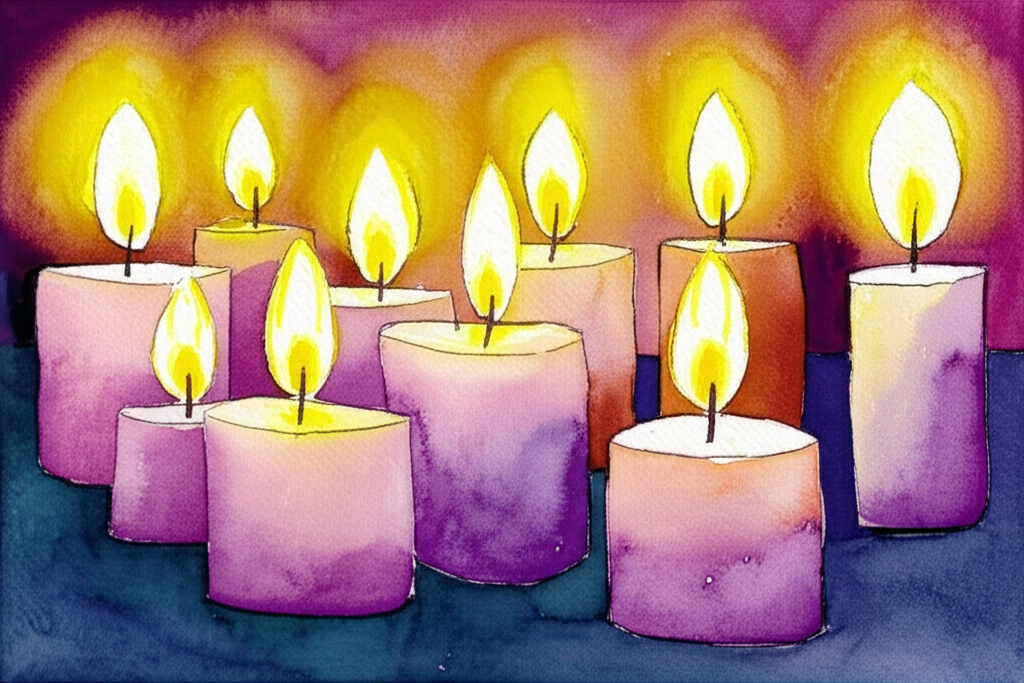
Candles, with their flickering flames and symbolic light, have long held a place in human spirituality and superstition. The belief that lighted candles can attract or repel evil spirits is a widespread and enduring one, steeped in history, folklore, and religious tradition.
Historical Background: From Pagan Rituals to Religious Significance The association of candles with spiritual activity predates Christianity. Ancient pagan ceremonies utilized candles, and in late Egyptian practices, individuals stared into candle flames before sleep, hoping to gain truthful insights in their dreams. By the 12th century, candles became integrated into religious traditions, appearing on church altars and during blessings. This marked a significant shift from purely ritualistic uses to a more formalized religious context.
Cultural Beliefs and the Spirit World The Catholic Church incorporated candles into rituals designed to exorcize demons. This practice solidified the link between candle flames and the spirit world, fostering the belief that a candle’s behavior could indicate the presence of supernatural forces. A flame extinguishing unexpectedly was often interpreted as a sign of nearby evil.
Evolution of the Superstition: Halloween and Witchcraft This superstition gained further traction during specific times and events. On All Hallows’ Eve (Halloween), when evil spirits were believed to roam freely, a candle sputtering out was considered a particularly ominous sign. In East Anglia, where Halloween was known as ‘Lating Night,’ villagers lit candles just before midnight and carried them through fields. Dimming or extinguished flames signified the presence of evil, while steadily burning candles indicated safety from haunting.
The power of candles to ward off dark forces was further emphasized by their inclusion in the prescribed weaponry against witchcraft by Heinrich Kramer, a Dominican prior and inquisitor. His treatise on witchcraft became a manual for witch-hunters during the Middle Ages, reinforcing the candle’s role as a defense against malevolent entities.
Modern Interpretations: Death, Ghosts, and Unlucky Flames In later traditions, a candle was often placed beside the sick to deter demons. If the candle burned blue, it was believed a ghost had entered the room, possibly to guide the dying person’s soul. A candle sputtering out inexplicably was taken as a premonition of imminent death. Furthermore, the tradition of leaving a candle burning after a death varies between European and American folklore. While a candle is often left in a room after someone passes away, American folklore considers it unlucky to leave a candle burning unattended, as it is said to invite the death of a friend or relative. These variations highlight the enduring and evolving nature of this superstition, shaped by cultural context and personal interpretations.